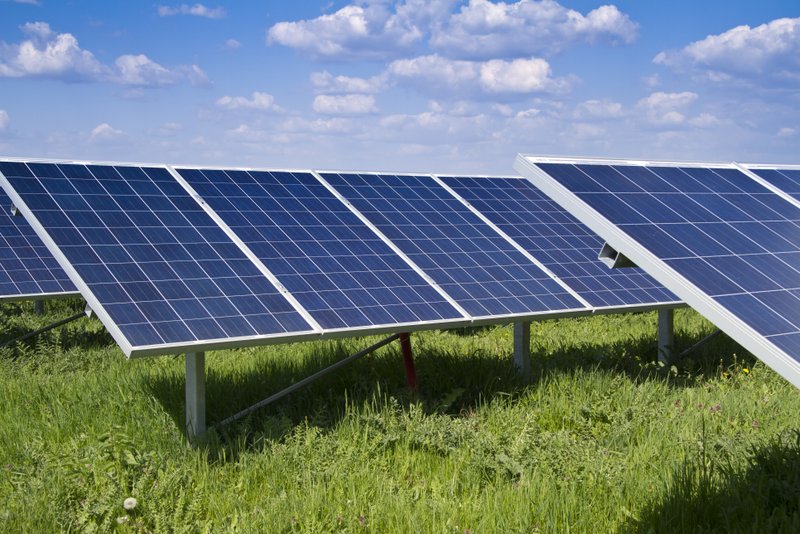Photovoltaic connectors are a solar module category that still needs innovation. 1.5
The advent of Kv photovoltaic systems represents a major industry trend that increases efficiency and reduces system costs. However, the progression from 1.0Kv to 1.5Kv systems has also resulted in stricter performance and safety standards for all components.

Chemical company SABIC recently released a polycarbonate (PC) copolymer resin that the company says is ideal for use in photovoltaic (PV) connector bodies that meet the more stringent performance and performance requirements of emerging 1.5Kv solar systems. regulatory requirements.
The main requirement for the material is high CTI performance (UL PLC0 and IEC MG
1), can withstand 1500V system voltage without failure. Other properties are also key, including ductility when exposed to very cold outdoor temperatures.
Joshua, Business Management Director, SABIC LNP and NORYL
“To help PV customers keep up with industry trends, especially from 1.0Kv to 1.5Kv systems, SABIC is actively developing new, higher performance materials,” said Chiaw. Our next-generation LNP
EXL9334P resin, which meets stringent international standards for 1.5Kv modules, facilitates the adoption of this efficient and cost-effective technology. In addition to meeting changing industry requirements, this new material supports our sustainability strategy by promoting the increased use of renewable solar energy. ”
The new LNP EXL9334P copolymer resin achieves the highest Class Comparative Tracking Index (CTI) level (UL PLC0) and IEC as Material Group 1 (IEC MG
1) Standard. It also has low temperature ductility, good dimensional stability, excellent heat resistance, good durability and weather resistance, and flame retardancy.
With outstanding performance across all key properties, this specialty resin outperforms competing materials such as glass-reinforced nylon, polyphenylene ether (PPE) and standard PC. Customers will benefit from the cost-effectiveness of this injection-molded thermoplastic that increases design flexibility and processing efficiency.
In addition to achieving high CTI (UL PLC0 and IEC MG 1), SABIC materials also have low-temperature impact resistance down to -40°C, good weather resistance (UL 746C
f1 specification) and good dimensional stability. The new product also meets the UL94 V0 standard for 1.2mm flame retardancy and offers long-term heat resistance.
Jenny, Formulation and Application Director, SABIC Asia Pacific
Wang said: “Developing a flame retardant copolymer that can achieve the highest CTI level is very difficult, but our experts are up to the challenge. The SABIC team combined innovative thinking and technical expertise to successfully develop LNP
EXL9334P resin fully meets the most stringent requirements. Our efforts have been verified by customers in material tests. They were happy with its performance, especially its signature impact resistance at very low temperatures, which helped solve their problems. We will continue to work hard to develop new solutions to support the high growth and new technologies of the solar PV industry.”



 微信扫一扫打赏
微信扫一扫打赏
